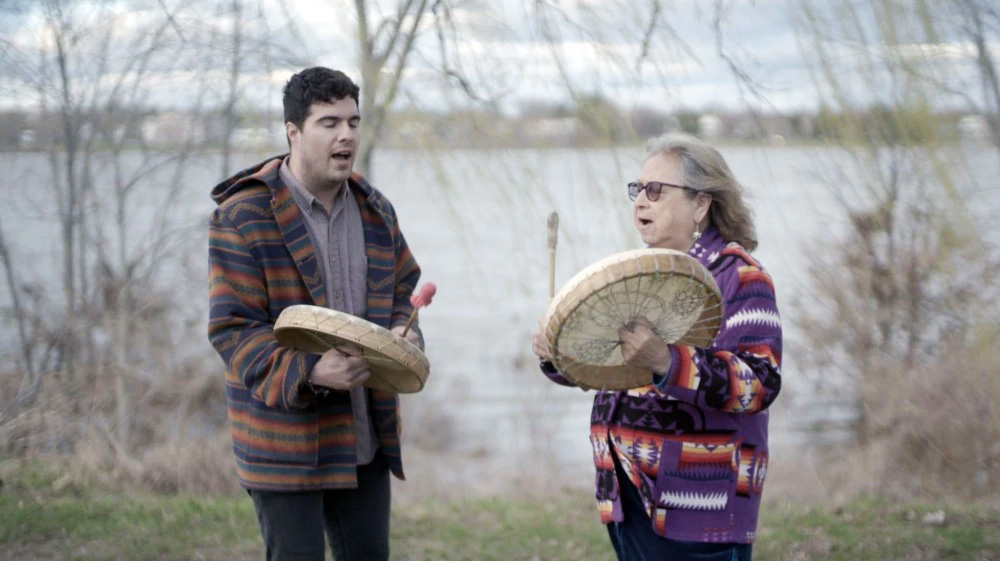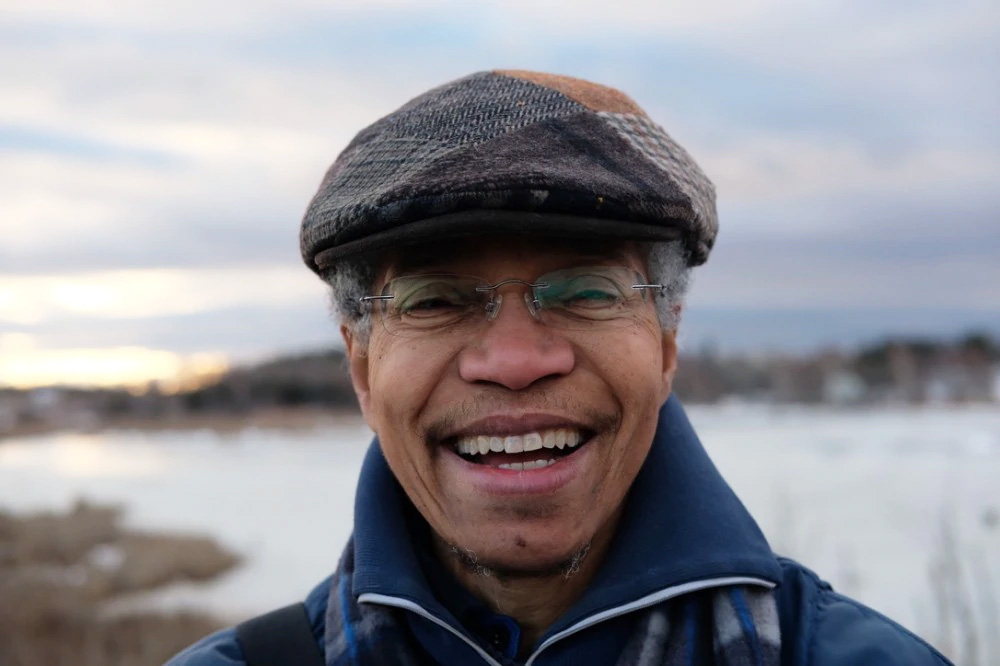

The second season of In the Making, a CBC music documentary series hosted by Sean O’Neill, features the unique stories of a pair of New Brunswick artists.
Episode 1 dives into the rejuvenated career of Sackville resident Beverly-Glenn Copeland and episode 3 examines the Indigenous renaissance started by Jeremy Dutcher of Tobique First Nation.
This series stands out from others of its kind through the minimal presence of O’Neill, who appears for less than five minutes on screen in both episodes. Other than asking a handful of thought-provoking questions and some bridging narration, O’Neill gives the full spotlight to the artists and lets them tell their own story in their own words.
Keyboard Fantasies
Copeland’s episode details the rejuvenation of his career in 2016, when at 75 years old and over 50 years into his career, his 1986 album Keyboard Fantasies caught the attention of an influential Japanese record collector Ryota Masuko.
The episode brings to light how an artist needs the right person to hear their work in order for their career to succeed.
In Masuko’s hands the album sold more copies than when it was originally released.
“Within a month’s time I was getting all these requests from small record companies all over the world,” said Copeland in the documentary.

O’Neill joins Copeland on a trip to Tokyo to meet Masuko in the record store he owns. Copeland listened to the album with Masuko, the person brought new attention to his work.
“I don’t think the music was meant for me by myself, so because of you, the purpose of the music got to be expressed,” Copeland said to Masuko.
The episode captures not only the details of Copeland’s music journey but also the importance of spirituality in Copeland’s life and music through his practice of Buddhism. In a moving scene at a monastery in Tokyo, Copeland, who is a person of colour and transgender, shares jarring stories about his experiences with racism and being transgender.
He also reflected on the chilling tale of holding his mother before she passed away, a moment that captures the philosophical lens Copeland processes his life experiences through in order to make peace with his darkest moments.
“My mother had birthed me into life, and I had birthed my mother into death,” said Copeland.
Wolastoqiyik Lintuwakonawa
O’Neill plays the role of student in Jeremy Dutcher’s episode, opening it next to Dutcher, who teaches him the meanings and pronunciations of some words in the Wolastoq language.
He then joins Dutcher at his piano to learn how he brought songs of his ancestors together with his influences of classical and theatre on his album Wolastoqiyik Lintuwakonawa.
“I’m just making music at the intersections in which I find myself,” said Dutcher to O’Neill in the documentary.
O’Neill creates another organic moment in the next act of the episode, where Dutcher listens to a digitized recording of a Wolastoqey song originally recorded on a wax cylinder, alongside Maggie Paul, the elder who pushed his journey to bring these songs and their language back to life.
“That cylinder has no use on a shelf, in an archive, it needs to be shared with people,” said Dutcher.
Dutcher then listens to Paul as she details the emotions she felt when first hearing these songs as a child.
“When I heard the drum I said, ‘I’m home, I’m finally home, I know who I am now,’” said Paul.
The episode captures how Dutcher’s album is more about giving his people a voice than about making accessible music. It shows just how much of a change one album can bring. In this case, it brought back a language that had been systematically silenced.
The best example of this is the interview in Dutcher’s home, where his mother explains how his music reintroduced her to the language she lost because she was forcibly banned from speaking it as a child.
“For Jeremy to bring that gift back to me through music is a very emotional and powerful thing.”
The episode’s cinematography captures vivid images of nature, especially in the ending sequence when Dutcher and Paul are drumming along the banks of the Wolastoq River, along with chilling close ups on their faces, and others, that allow the emotion of the song to hit you in a mind-blowing way.
“This is her story as much as its my story,” said Dutcher.
“The ownership of this work is a shared one.”
This is a series that is not about the making of an album but rather how an album permanently engrains itself in the life of the artist, and how they are never the same after pouring themselves into it.
In the Making exposes the greater context of a musicians work and allows the telling of each albums story in its most unfiltered form.
